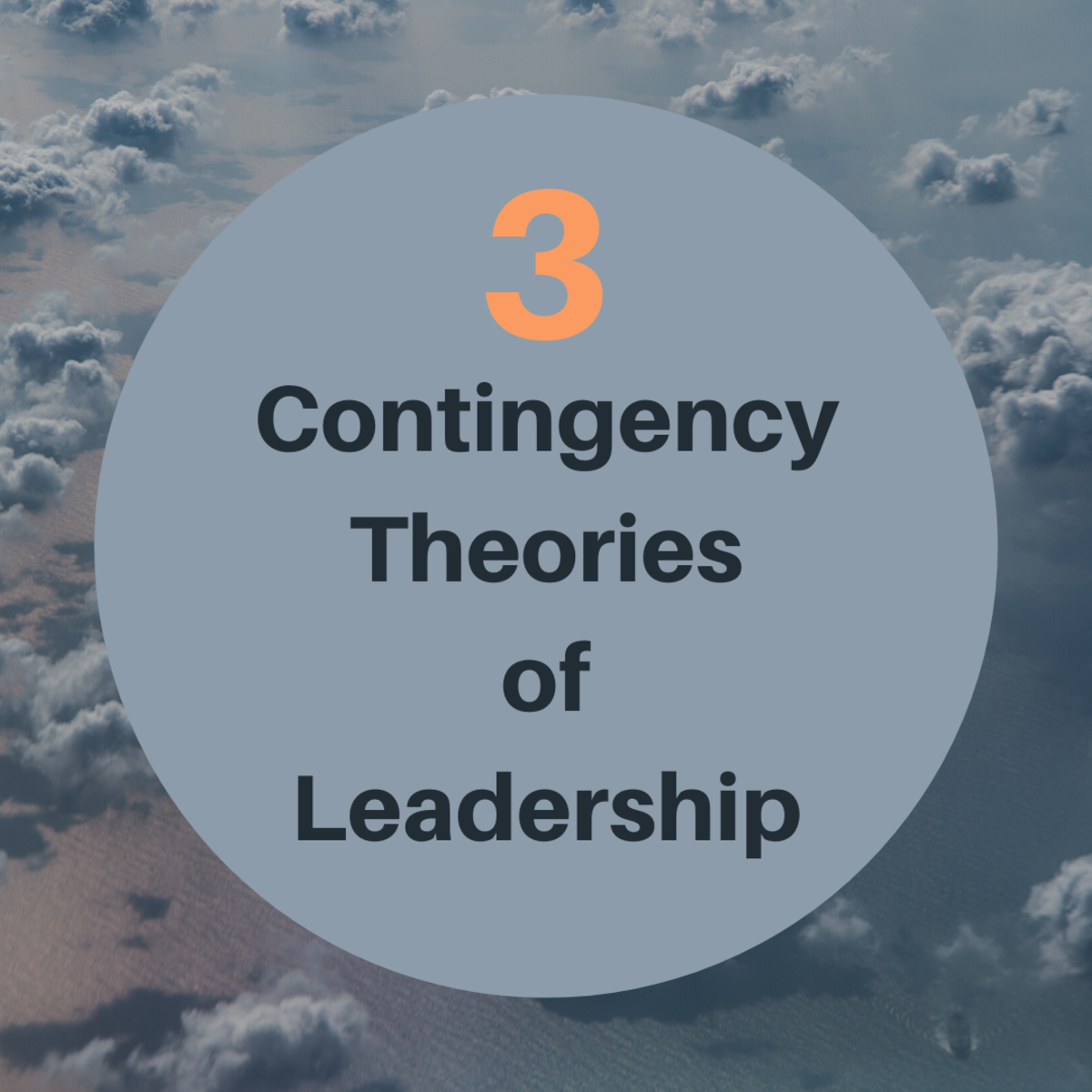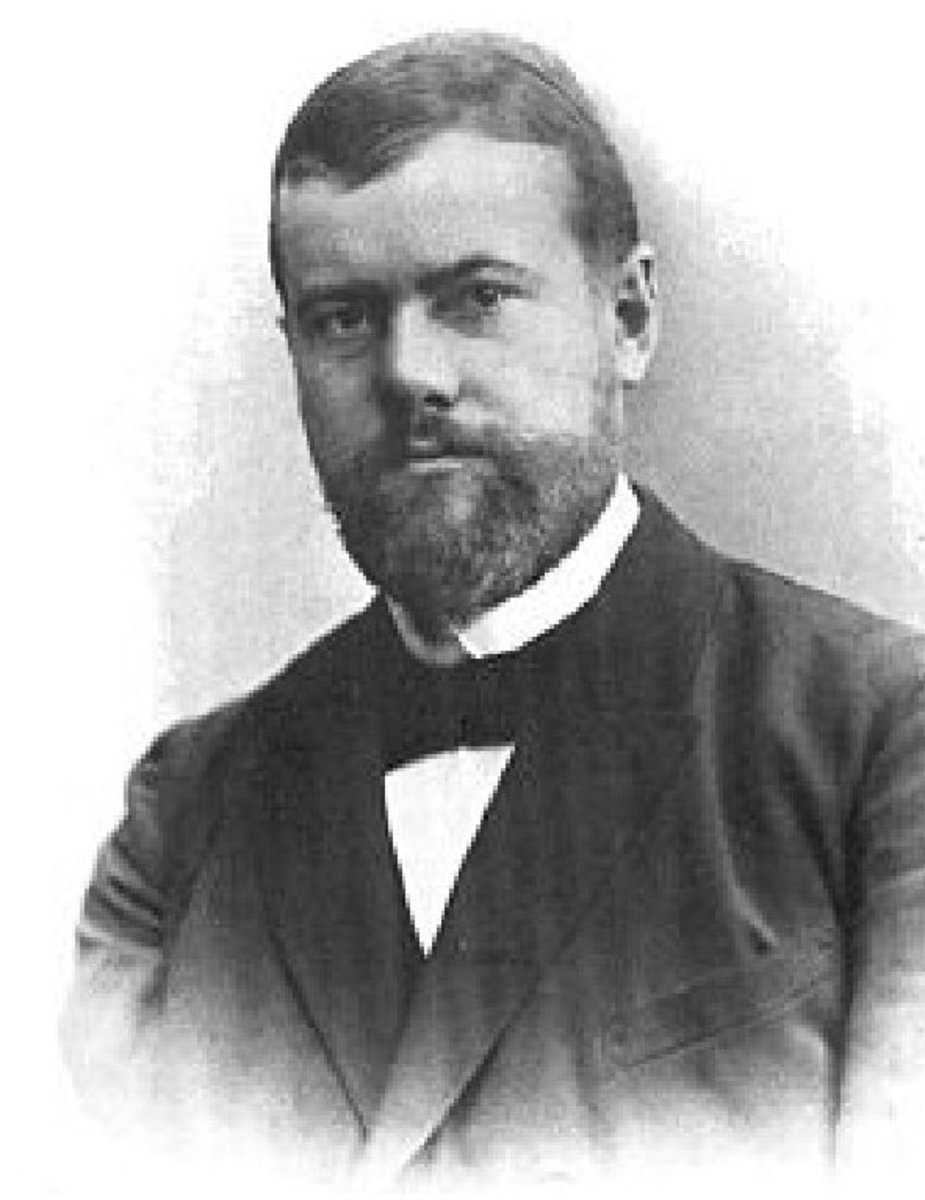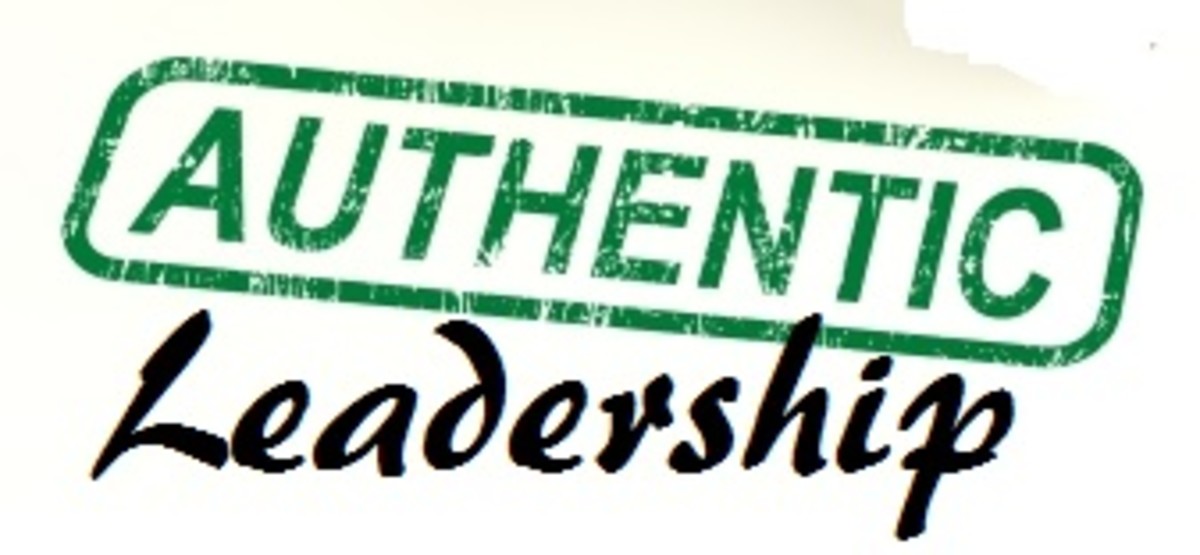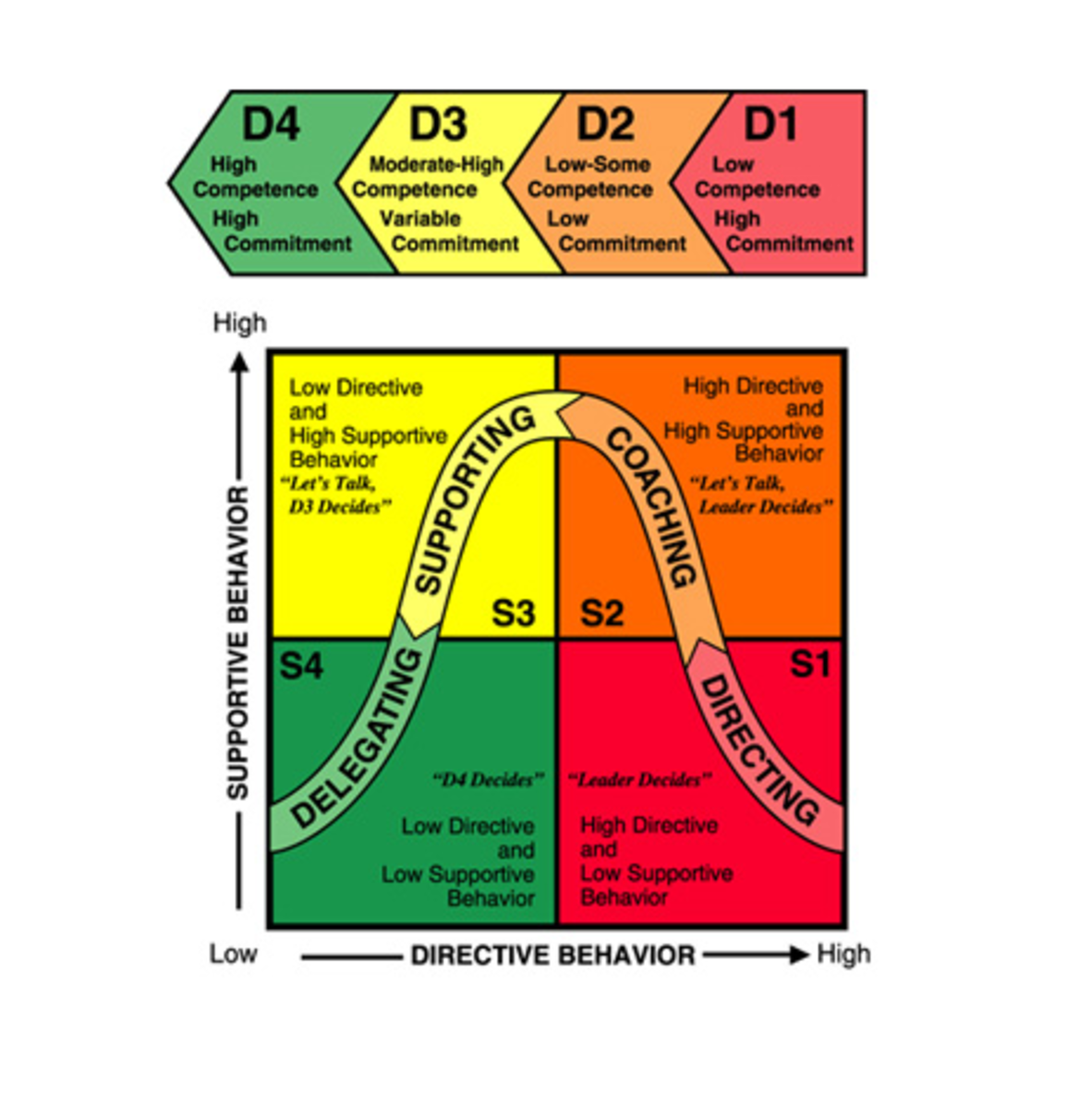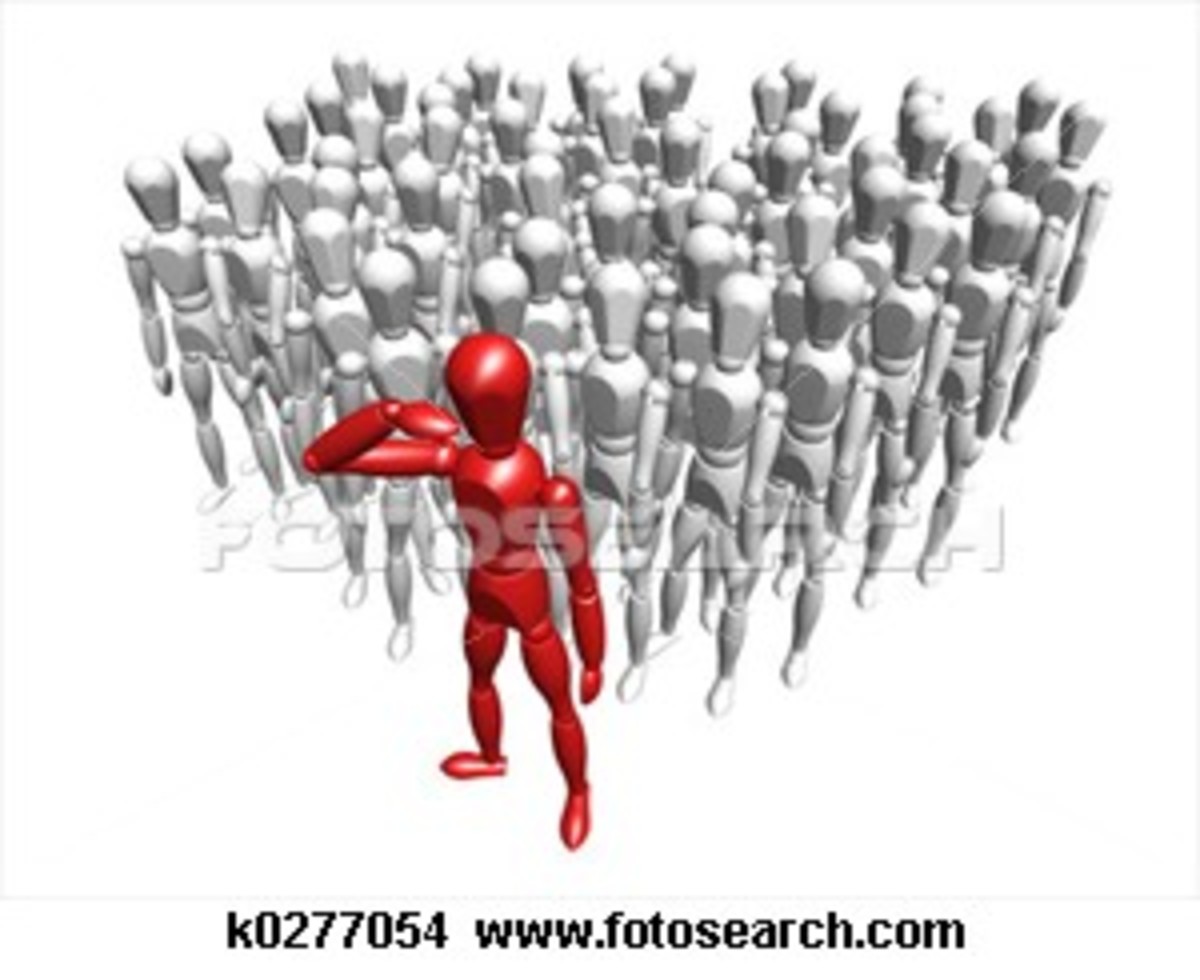How to Understand and Define Leadership

A Brief History
For decades, leadership scholars and researchers have tried to develop a good definition of leadership. However, they were unsuccessful to summarize leadership in a way that captured the whole meaning the word and its implications for society.
Some of the earliest ideas and theories of leadership tried to define leaders and leadership by building lists of skills and abilities that any good leadership needed to have. These were known as trait theories since they examined leader traits and abilities. Significant weaknesses were found in this approach because research proved that leaders varied greatly in their traits. There was no one set that could determine whether a person was leader or not.
Over the years, scholars tried other ideas; they studied leader behaviors, different leader styles, and even different types of situations leaders could be in. Despite the hard work and dedication of researchers, there was still no good answer to question "what is leadership?" It seemed impossible to sum up the true essence of leadership.
Images of Traditional Leadership

The images above symbolize traditional leadership. Often, when people think of leadership, their first thoughts go to leaders, power, prestige, and authority. Images of government and political leaders come to mind along with top business and societal leaders. However, the new approaches to leadership teach that we should focus less on the leader and more on collaborative relationships, built on influence, that are made between leaders and followers.
The Wrong Focus
The problem with many of the older theories on leadership is that they focused too much on the leaders only. Imagine a group of 30 people who have one leader. They could be in any situation: factory workers, students in a class, military troops, or football players. Now, if only the leader is examined (studied) or if much of the time is focused only on the leader, how can we answer these types of questions:
- What is the productivity of the followers (the group members)?
- What is the satisfaction level of the followers (are they content, motivated, and satisfied or are they discouraged, unmotivated, and unsatisfied)?
- What is the relationship between the leaders and followers look like (does the leader invest in his/her followers, does he abuse them, how does he interact with them as a group)?
To take hold of the full meaning of leadership, the focus must shift from simply looking at the what leader does, to the relationship that leaders and followers share. It is important to think not only about the leader, but about the followers, and the interaction between these parties.
It is the sole focus on the leader which defines traditional methods and approaches to leadership. These older views are considered to be of the industrial age, a time when leadership centered on leader control and authority. Followers were seen as unimportant and weak. Because of this they were often mistreated and under recognized.
Leadership paradigms needed to change to accommodate a new era of collaboration and change. Joseph Rost is a leadership expert, university professor, and author of the leadership classic, Leadership for the Twenty-First Century. He is responsible for much of the shifts in thought from the from older, traditional, views to the new, contemporary, leadership ideas respected and used today.
Could You Define Leadership?
Before reading this hub and seeing Rost's definition, could you explain the meaning of leadership if someone asked you?
Getting a Good Definition
By focusing on the relationship and interaction between leaders and followers, there is an opportunity to see the full picture of leadership. Based on this principle, Joseph Rost, created a definition for leadership that is succinct, yet comprehensive, and understandable. In his book, Leadership for the Twenty-First Century (published in 1991), Rost shares the meaning of leadership: “Leadership is an influence relationship among leaders and followers who intend real changes that reflect mutual purposes.”
The Four Parts of Rost's Definition
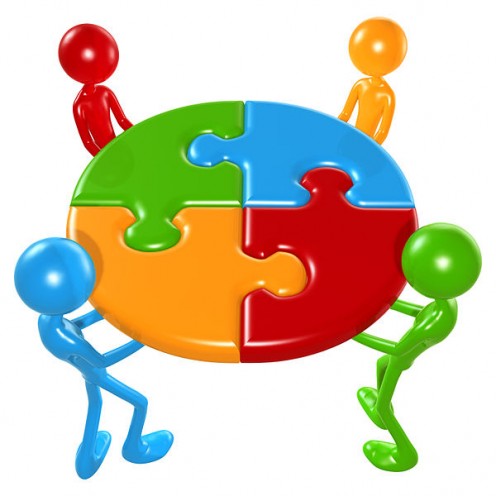
Explaining Rost's Definition
The definition provided by Rost above has four key points or characteristics. While at first Rost's words may appear overwhelming, the definition is easier to understand once it is broken-down in bite-size pieces. Using Rost's definition, leadership is...
- An influence relationship - this means that leaders and followers interact using influence only. Power, authority, and control are not a part of true leadership. In addition, the influence is two-way, meaning that followers can influence leaders, just as leaders can influence followers
- A relationship between leaders and followers - both leaders and followers are equally important in the leadership process.
- A pursuit of real change - leaders and followers work together to make positive changes that are significant and meaningful.
- Seeking changes that both leaders and followers desire - the goals and changes sought in the leadership process stem from the mutual desires of all parties, not just the leader.
Learning and understanding these components of Rost's definition can help both leaders and followers develop personally and corporately (as teams). These individuals who engage in the leadership process will be more effective in the workplace, classroom, team environment, or any other real-world situation.

